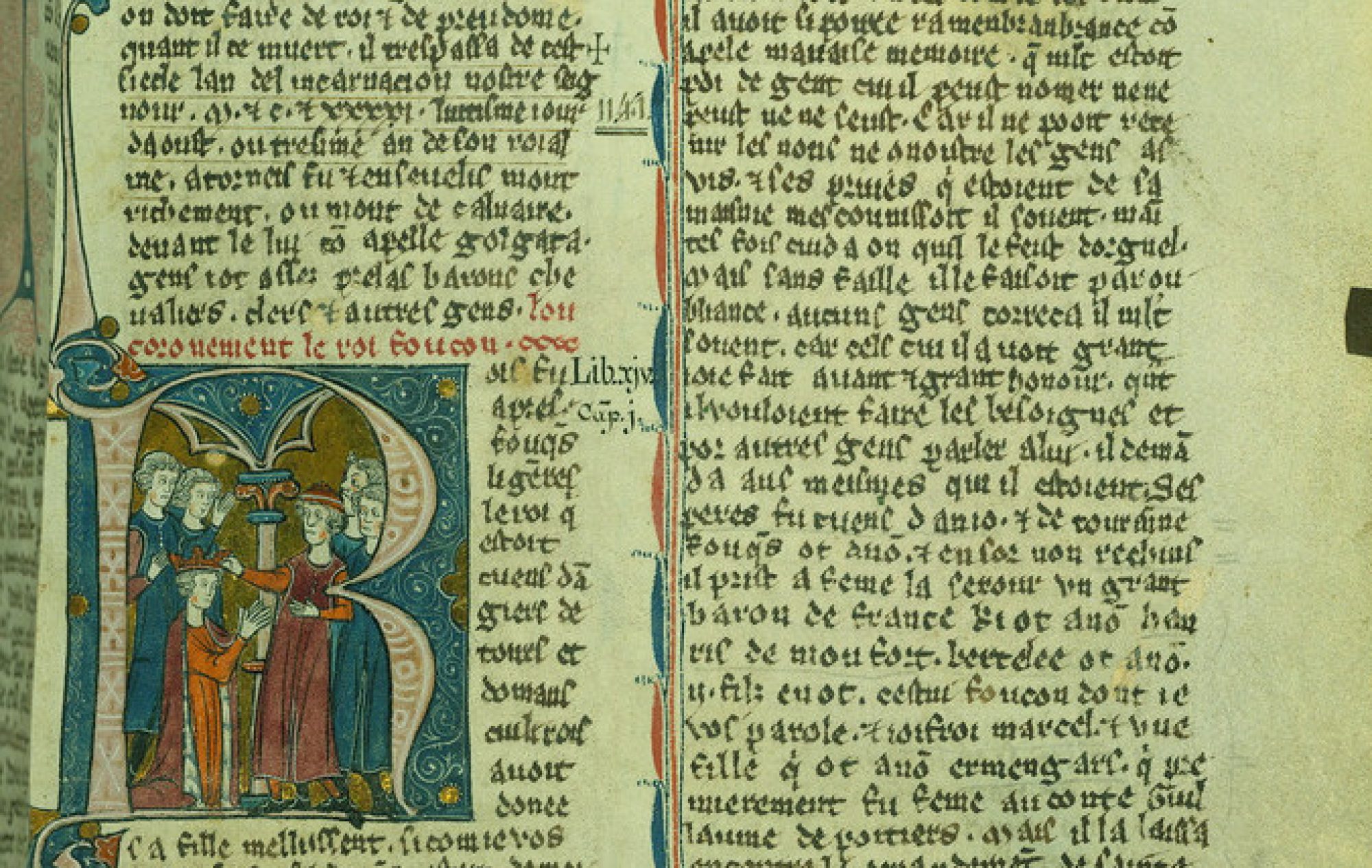During the time of Joan of Arc, there was great political upheaval in England and France. This consisted of the Hundred Years’ War, between France and England, as well as civil wars in both countries. The kings of France had a major role to play during this time, and there were many power struggles between kings, both French and English.
King Charles VI – also known as “The Beloved”, and later “The Mad”

Charles was just 11 when he took the throne, rising to power in the midst of the Hundred Years’ War in 1380. As he was too young to rule, the country was ruled in his stead by his 4 uncles, Philip the Bold, Duke of Burgundy; John, Duke of Berry; Louis I, Duke of Anjou; and Louis II, Duke of Bourbon.1 There was a power struggle between the dukes, and alas the country was not run well. At 21, Charles dismissed his uncles and took matters into his own hands.2 He brought wealth back to the kingdom, as he stopped the squandering of royal funds which had been happening. These actions earned him the title “The Beloved”. Unfortunately, Charles went mad not long after his rise as an independent king. One day, whilst riding with his brother and some knights, Charles fell under a spell and killed four of the knights and nearly his brother. After this, he began to have frequent delusions and hallucinations.3
Charles was unfit to rule in such a state, so power was given to “the princes of the blood” (people who are legitimately descended from royal lineage).4 Once again, this resulted in a major power struggle, as the two men in power were from two different ‘houses’, or family land locations. Charles’ brother Louis was one of these men, and he had his counterpart, John the Fearless, Duke of Burgundy, executed. After this, Louis offered large parts of France to King Henry V of England, in exchange for his support. The execution of John did not sit well with his house, and thus, civil war broke out between the House of Armagnac and the House of Burgundy. This civil war lasted for 28 years. When John the Fearless passed away, and his successor, Philip the Good took over and led King Charles to sign the Treaty of Troyes.5 This treaty gave Henry V the right to the throne instead of Charles’ son.
King Charles VII – also known as “The Victorious”

King Charles VII was the son of King Charles VI’s. He was not the heir to the throne as his father had signed the Treaty of Troyes. Joan of Arc aided him in regaining his rightful seat on the throne as the King of France (See More). As a king, Charles was weak-willed and disliked making decisions, making him moderately useless. He was nicknamed the “King of Bourges”, as that was the only major piece of territory he had left after the wars in France. His title, “The Victorious”, relates to the achievements of Joan of Arc, through her role as a spiritual leader during his reign and her ability to lead troops in regaining French control over strategic French cities along the Loire river.6
- R.C. Famiglietti, Royal Intrigue: Crisis at the Court of Charles VI, 1392-1420, AMS Press, 1986, xi.
- Ibid.
- Ibid.
- Ibid, 89.
- Ibid, 196.
- Caroline Rogers Neill Sehnaoui, Victorious Charles: A Ladies’ Man – A Biography of King Charles VII of France (1403-1461), Strategic Book Publishing, March 1, 2013, 69.
- Jean Fouquet, Couronnement de Charles VI le Bien-Aime, Gallica Digital Library, 1455-1490.
- Jean Fouquet, Portrait, Louvre, 1480.
